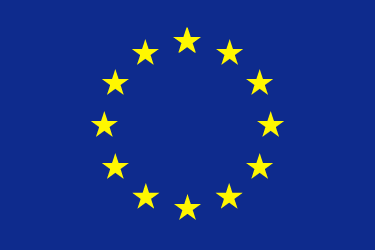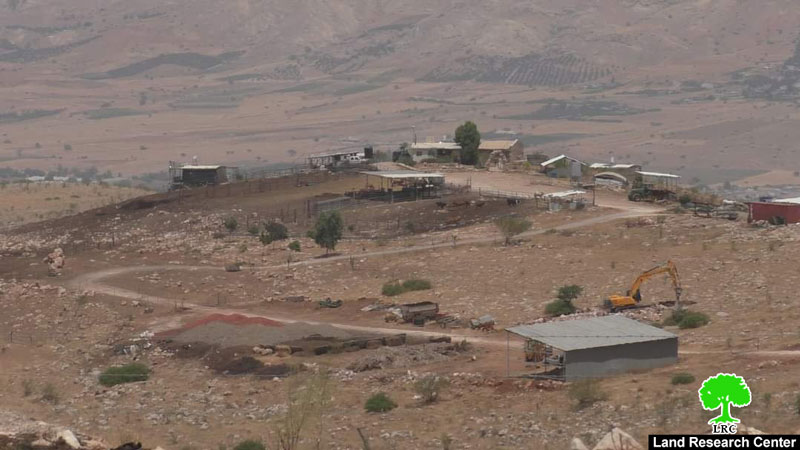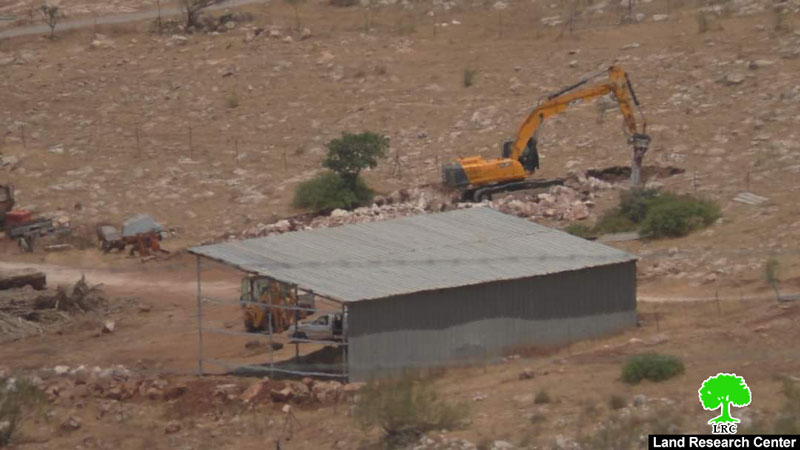Related
Colonists Continue ravaging Vast Areas to Expand As-Suweida area / Tubas Governorate
Violation: Ravaging vast areas of lands for Colonial expansion.
Location: Khirbet As-Suweida / Tubas Governorate.
Date: June 1st 2021.
Perpetrators: a new random outpost.
Victims: Farmers and herders.
Description:
Colonists continue ravaging vast areas of lands to expand an illegal outpost on As-Suweida village. Reportedly, the illegal outpost devours 280 dunums east the Jordan Valley. Noteworthy, to this date, colonists ravaged 22 dunums around the outpost and opened a road (90 m) on a pastoral area, that belongs to family of Ad-Dababat from Tubas with legal papers.
The goal is to expand the outpost and legalize it, colonists have much hope under such a radical Israeli government.
The Outpost has a strategic location, it will form a connection point between Shadmot Mehola and Hamdat colony, which can only be achieved through devouring hundreds dunums of postures, and ban Palestinian access to them.
Ravages in an outpost nearby As-Suweida lands
The new outpost in As-Suweida is locatedfive km to the south of Shadmot Mehola colony , it was established in May 2017 , and only few days later the outpost was provided with electricity supply and water. The outpost is farm-like and inhabited by a number of religious Jewish families who practice agriculture and herding , this type of outposts is increasingly spreading around the West Bank , colonists seize agricultural lands and postures from Palestinian farmers to practice agriculture on them.
The So-Called West Bank Settlements Council makes efforts to legalize this outpost (in the Israeli Government) to receive support to grow and develop.
United Nations General Assembly resolutions on Israeli settlement
United Nations General Assembly resolution of 20/1/1972, in which it demanded that Israel is asked to stop a number of measures and practices, including (building Israeli settlements in the occupied Arab territories and transferring some of the civilian population from Israel to the occupied Arab territories).
United Nations General Assembly resolution of 15/12/1972, in which the General Assembly requested Israel to stop annexing any part of the occupied Arab territories, establishing settlements in those lands, and transferring the population to them.
United Nations General Assembly of 7/12/1973, in which the General Assembly expressed its grave concern over Israel’s violation of the provisions of the Fourth Geneva Convention of 1949 and all measures taken by Israel to change the features of the occupied territories or their demographic composition, and considered them a grave violation of international law.
United Nations General Assembly Resolution of 29/11/1974 in which the General Assembly expressed its deepest concern over the annexation by Israel of some parts of the occupied territories, the establishment of settlements and the transfer of residents to them.
United Nations General Assembly resolution of 15/12/1975, consisting of four sections, and in the first section it condemned all the measures that Israel practices in the occupied territories, describing these practices as serious violations of the United Nations Charter and an obstacle to the establishment of a lasting and just peace in the region, stressing that these procedures are null and void, and have no basis of legitimacy.
General Assembly Resolution of 28/10/1977, which affirmed in its first clause that all measures and actions taken by Israel in the Palestinian territories and other Arab territories occupied in 1967 are legally untrue, and are a serious obstruction to the endeavors to reach a just and permanent peace in the Middle East. The General Assembly also deeply regrets that Israel continues to implement these measures, in particular the establishment of settlements in the occupied Arab territories.

This Publication has been produced with the assistance of the EU
The Contents of this publication are the sole responsibility of the individual organization only , and can in no way be taken to reflect the views of the EU




